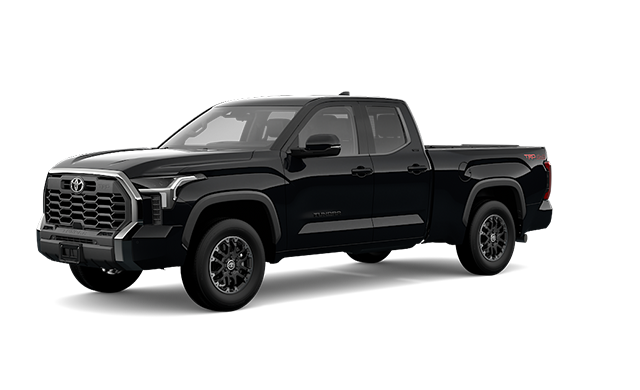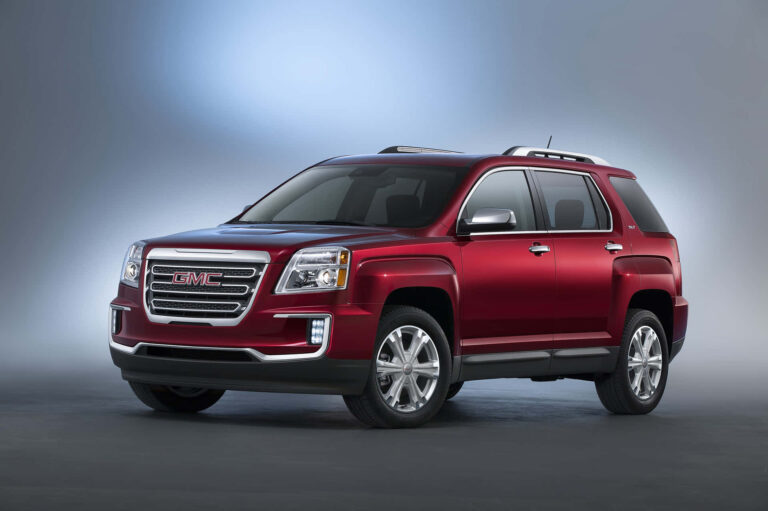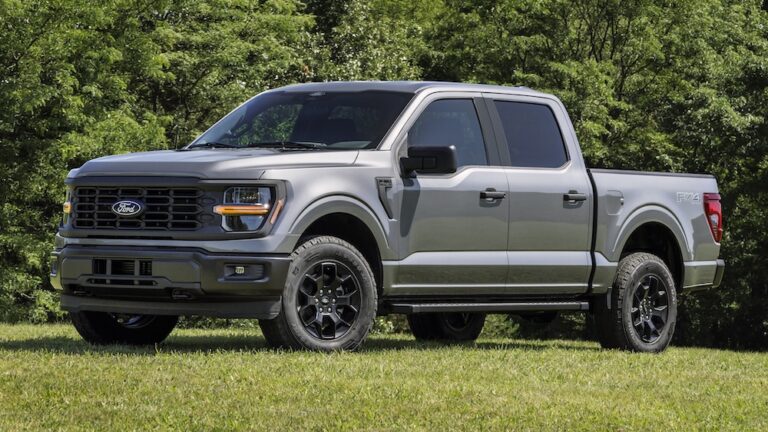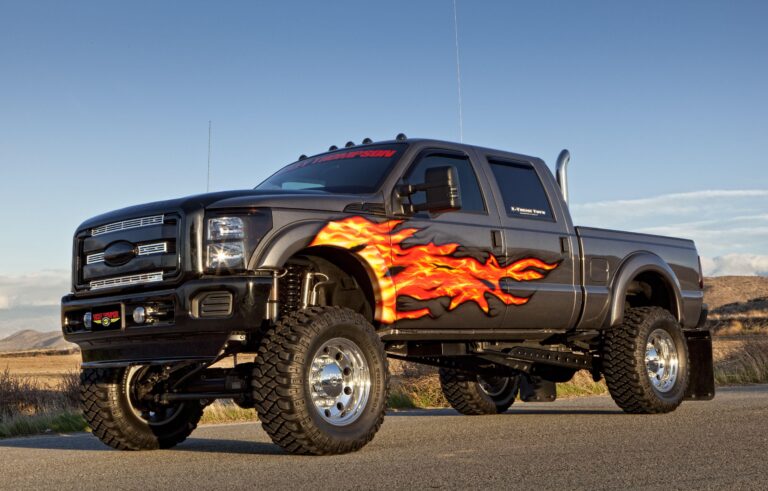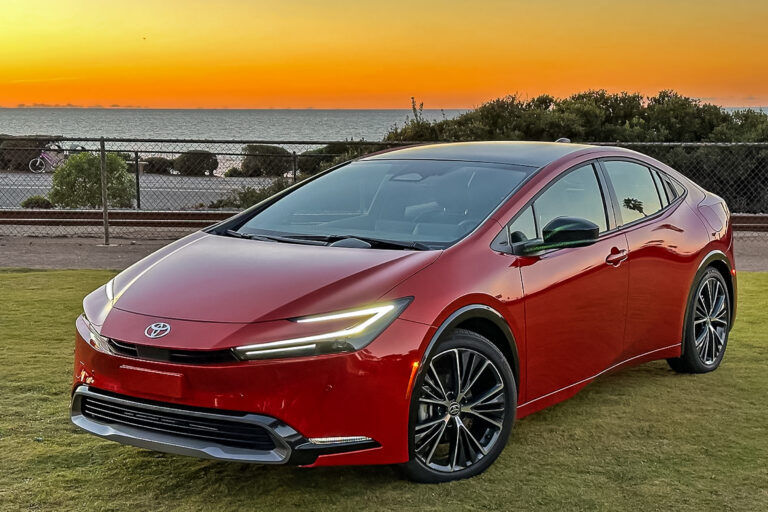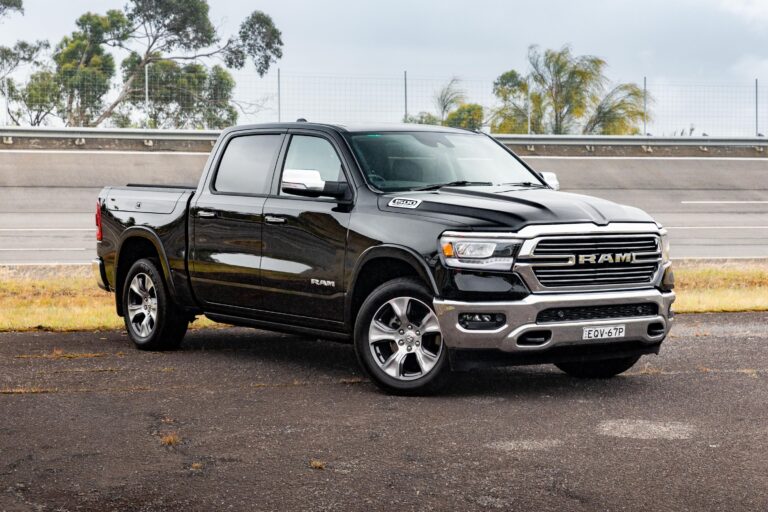Will Tonneau For Other Makes Of Trucks Fit A Tundra Double Cab / 6.5 Ft Bed?
Will Tonneau For Other Makes Of Trucks Fit A Tundra Double Cab / 6.5 Ft Bed? cars.truckstrend.com
For truck owners, a tonneau cover is more than just an accessory; it’s a vital upgrade that offers enhanced cargo security, protection from the elements, and even a slight improvement in fuel efficiency by reducing aerodynamic drag. The ability to keep tools, luggage, groceries, or sports equipment safe, dry, and out of sight is invaluable. However, when you own a specific model like the Toyota Tundra Double Cab with its 6.5-foot bed, the question often arises: Can I save money or expand my options by using a tonneau cover designed for another make of truck?
This comprehensive guide delves into the intricate world of tonneau cover compatibility, specifically addressing whether covers intended for other truck brands can be successfully fitted onto a Toyota Tundra Double Cab equipped with a 6.5-foot bed. While the allure of a good deal on a used cover or a wider selection might be tempting, the reality of truck bed engineering often presents significant challenges. We’ll explore the critical factors that determine fit, the types of covers that offer the most (and least) adaptability, potential modifications, and ultimately, whether the endeavor is truly worth the effort.
Will Tonneau For Other Makes Of Trucks Fit A Tundra Double Cab / 6.5 Ft Bed?
Understanding Tonneau Cover Compatibility Basics
At first glance, many truck beds appear similar in size, especially when they share a nominal length like 6.5 feet. However, a tonneau cover’s fit depends on much more than just the bed’s length. It’s a precise interaction between the cover’s frame and the truck’s bed rails. Key dimensions and design elements that dictate compatibility include:
- Exact Bed Length: While advertised as "6.5 ft," the precise internal measurement from the bulkhead (front of the bed) to the inside of the tailgate can vary by an inch or two between manufacturers. This seemingly small difference can prevent a hard folding or retractable cover from closing properly or sealing effectively.
- Bed Width: The width of the truck bed, particularly at the front (bulkhead), middle, and rear (tailgate), is crucial. Bed designs often taper or flare, and bed rail caps can have different thicknesses. A cover designed for a narrower or wider bed will simply not fit flush or latch securely.
- Bed Rail Profile and Thickness: Each truck manufacturer designs its bed rails and rail caps uniquely. The shape, thickness, and height of these caps directly impact how a tonneau cover’s clamps or mounting rails attach and seal. Some covers sit on top of the rails, while others fit inside, requiring specific clearance.
- Stake Pocket Locations: While less critical for many clamp-on covers, some older or specific tonneau designs might utilize stake pockets for mounting, and their positioning varies widely between truck models.
- Tailgate Design: The curvature and thickness of the tailgate, as well as the bed’s sill where the tailgate closes, affect the rear seal of the tonneau cover. A poor match can lead to water intrusion.
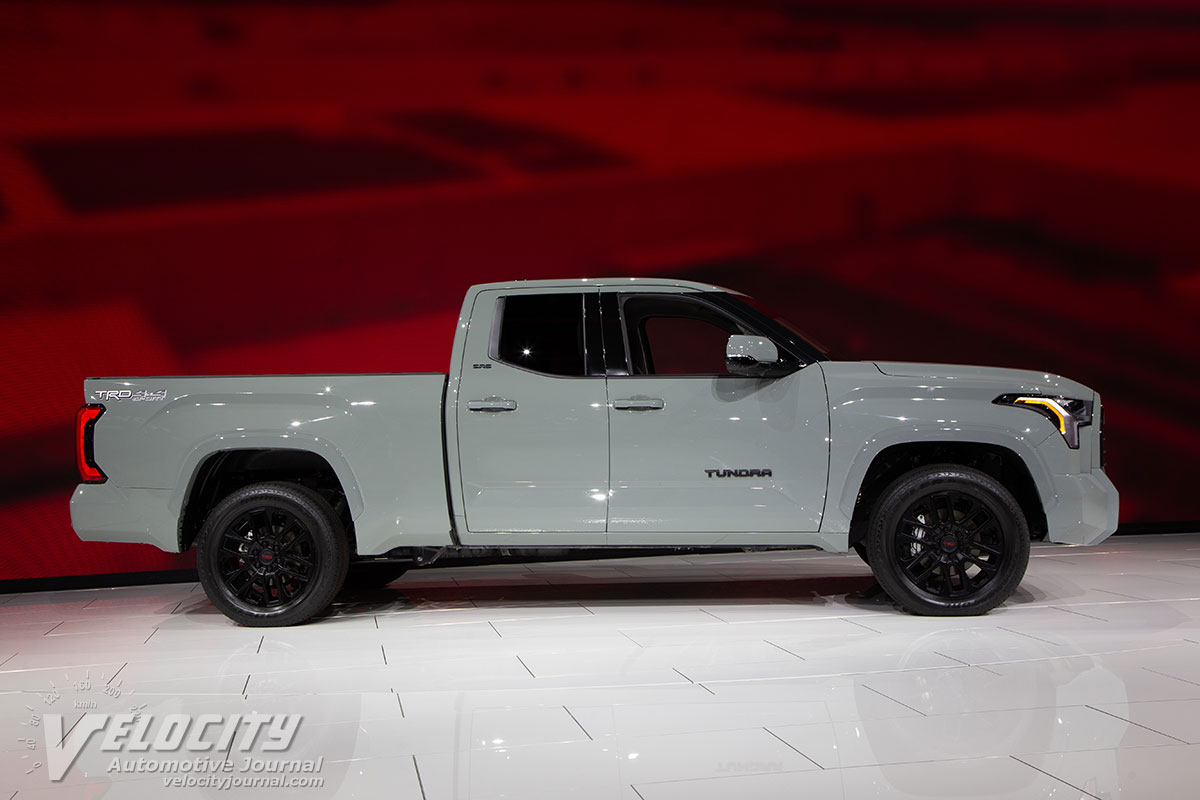
The fundamental reason direct swaps are rare is that tonneau cover manufacturers design their products to exact OEM specifications for each truck model, ensuring a snug fit, optimal weather sealing, and secure latching.
The Toyota Tundra Double Cab 6.5 Ft Bed Specifics
The Toyota Tundra, particularly the Double Cab with its 6.5-foot bed, has its own set of characteristics that influence tonneau cover fitment:
- Generational Differences: It’s important to note that Tundras have undergone significant redesigns over the years (e.g., 1st Gen 1999-2006, 2nd Gen 2007-2021, 3rd Gen 2022+). Bed dimensions and features can vary between these generations. This article primarily focuses on the more common 2nd and 3rd Gen Tundras with the 6.5 ft bed.
- The Deck Rail System: Many 2nd and 3rd generation Tundras come equipped with Toyota’s Deck Rail System, an integrated track system along the inside of the bed walls. While incredibly useful for cargo management, this system can interfere with standard tonneau cover clamp designs. Many Tundra-specific covers are designed with adapters or clamps that integrate with or bypass this system. Non-Tundra specific covers are unlikely to account for this.
- Bed Liner and Rail Caps: The Tundra’s bed liner and plastic rail caps have a specific profile. The inside edges and top surfaces are contoured, which must match the tonneau cover’s frame for a flush, watertight fit.
- Exact Dimensions: While nominally 6.5 feet, the actual bed length and width measurements of the Tundra are unique to Toyota.
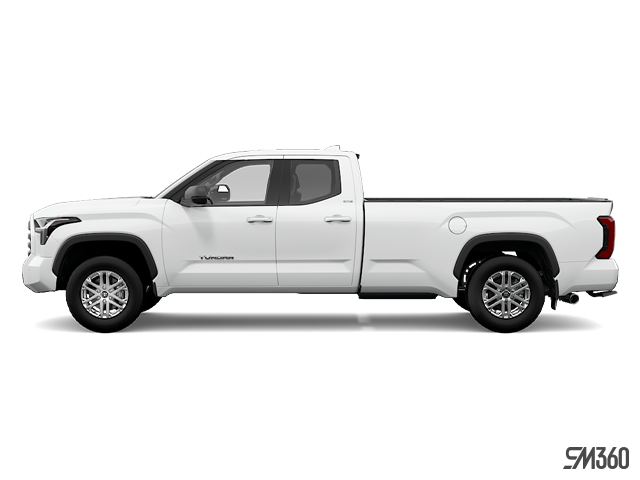
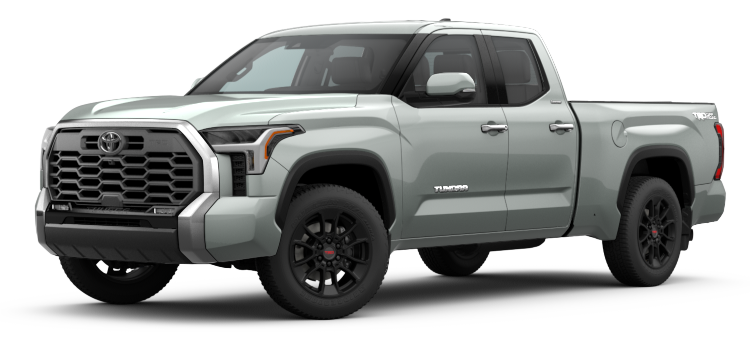
These specific design elements mean that a tonneau cover not explicitly designed for a Tundra will likely encounter fitment issues, especially around the bed rails and the Deck Rail System.
Why Other Tonneau Covers Might (or Might Not) Fit
Attempting to fit a tonneau cover from another truck make onto a Tundra Double Cab 6.5 ft bed is a gamble, primarily due to the precision required for a functional and sealed cover.
Potential Compatibility Points (Rare and Limited):
- Similar Nominal Bed Length: The most superficial point of commonality. Many full-size trucks (Ford F-150, Chevy Silverado/GMC Sierra, Ram 1500) also offer 6.5-foot bed options. However, as discussed, "6.5 ft" is a nominal length.
- Soft Roll-Up Covers with Universal Clamp Designs: Some very basic, soft roll-up tonneau covers use simple, universal-style clamps that attach directly to the inside lip of the truck bed. If the bed’s internal width is very close, and the rail lip is accessible, these might have the highest chance of a partial fit. However, sealing and aesthetic appeal will likely be compromised.
Major Obstacles (The Norm):
- Significant Bed Width Discrepancy: This is the most common deal-breaker. Even a half-inch difference in internal bed width can prevent a hard folding cover from latching or cause a soft cover to sag or be too tight.
- Incompatible Bed Rail Profiles: The varied shapes and thicknesses of bed rail caps mean that the mounting rails or clamping mechanisms of a non-Tundra cover will often not sit flush, create gaps, or be unable to secure properly.
- Interference with Deck Rail System: This is a major Tundra-specific hurdle. Covers not designed for the Tundra will not have the necessary cutouts or adapters to clear or utilize the Deck Rail System, preventing proper installation or causing damage.
- Tailgate Seal Issues: The rear seal of the tonneau cover must perfectly mate with the Tundra’s tailgate design. Differences in tailgate curve or height will lead to leaks.
- Bulkhead Fit: The front of the cover needs to sit flush against the cab-side bulkhead. Different bulkhead designs can lead to gaps or interfere with the cover’s folding/rolling mechanism.
Types of Tonneau Covers and Their Adaptability
The likelihood of adapting a tonneau cover varies significantly by its type:
- Soft Roll-Up Covers: These are generally the most adaptable due to their flexible material and often simpler, more universal clamping systems. If the bed length and width are very close, and the bed rail lip is accessible, some basic soft roll-ups might be made to fit with minor adjustments (e.g., extra weather stripping). However, a perfect, watertight seal is unlikely.
- Soft Tri-Fold Covers: Less adaptable than roll-ups. While the fabric is flexible, the underlying frame segments are rigid and require more precise bed width matching for proper folding and latching. Minor width discrepancies will cause issues.
- Hard Tri-Fold Covers: Highly unlikely to fit. These covers rely on rigid panels and precise dimensions. Even small differences in bed width, rail profile, or bulkhead angle will prevent proper latching, sealing, or folding. Attempting to force them can damage the cover or the truck bed.
- Retractable Covers: Almost impossible to adapt. These covers are incredibly complex and custom-fit. They involve canisters, tracks, and springs that must perfectly align with the truck’s bed rails, and are highly sensitive to exact bed dimensions and the presence of features like the Deck Rail System.
- Hinged/One-Piece Covers: Impossible to adapt. These covers are molded to the exact contours of a specific truck bed, including its width, length, and rail profile. Mounting points are precise, and any deviation will make installation impossible.
Strategies and Modifications for Attempting a Fit
If you’re determined to try and adapt a non-Tundra tonneau cover, here are strategies and critical considerations:
- Measure Everything, Precisely: This is paramount.
- Internal Bed Length: From the inside of the bulkhead to the inside of the tailgate.
- Internal Bed Width: Measure at the bulkhead, middle, and tailgate. Pay attention to any tapering.
- Bed Rail Lip: Measure the width and thickness of the lip where clamps would attach.
- Rail Cap Profile: Note the shape and height of the plastic rail caps.
- Clearance: Check clearance for the Deck Rail System if present.
- Compare these measurements to the exact dimensions required by the tonneau cover you are considering.
- Research User Experiences: Search online forums (e.g., TundraTalk, Tundra Forum) for users who have attempted similar adaptations. You might find rare instances where a specific cover from another truck almost fits with a certain modification.
- DIY Modifications (Proceed with Extreme Caution):
- Shims or Spacers: For very minor height or width discrepancies, you might use rubber or plastic shims to level the cover or take up small gaps. This can affect stability and sealing.
- Additional Weather Stripping: To seal minor gaps that arise from an imperfect fit. This is a common add-on even for Tundra-specific covers.
- Custom Brackets/Clamps: If the original clamps don’t work with the Tundra’s bed rails (especially with the Deck Rail System), you might need to fabricate custom mounting brackets. This requires metalworking skills, tools, and a good understanding of structural integrity. This is not for the faint of heart.
- Trimming (Last Resort): For plastic rail caps or minor non-structural components of the cover, very careful trimming might be possible. This will likely void any warranty and can look unprofessional.
- Accept Compromises: Be prepared for less-than-perfect fit, potential water leaks, reduced security, and an aesthetic that doesn’t look factory-installed.
The Practicalities: Cost vs. Benefit of Adapting
The primary motivation for adapting a tonneau cover from another truck is usually cost savings, especially if you find a used cover at a significantly reduced price. However, weigh this against the potential downsides:
- Potential Cost Savings: A used, non-Tundra specific cover might be a fraction of the cost of a new, Tundra-specific one.
- Time and Effort Investment: The time spent researching, measuring, searching for the right "almost-fit" cover, and then attempting modifications can be substantial.
- Risk of Failure: There’s a high probability that the cover simply won’t fit adequately, even with modifications, leading to wasted money and effort.
- Compromised Performance: Even if it "fits," it might leak, rattle, be difficult to operate, or offer less security than intended.
- Voided Warranties: Any modifications to the tonneau cover will void its warranty. Modifications to your truck bed could potentially impact your truck’s warranty (though this is less common for non-structural tonneau cover installs).
- Aesthetics: An adapted cover rarely looks as clean or integrated as one designed specifically for your Tundra.
Recommendation: While theoretically possible for very specific and simple soft roll-up covers with extensive modification and a high tolerance for imperfection, it is generally not recommended to attempt to fit a tonneau cover from another truck make onto a Tundra Double Cab 6.5 ft bed. The precision engineering of modern truck beds and tonneau covers makes direct interchangeability extremely rare. For the best fit, performance, and peace of mind, investing in a tonneau cover specifically designed for your Toyota Tundra Double Cab 6.5 ft bed is almost always the superior choice.
Tonneau Cover Price Guide (Tundra Double Cab 6.5 Ft Bed Specific)
Below is a table outlining typical price ranges for new, Tundra-specific tonneau covers, along with a note on the concept of adapting a used, non-Tundra cover.
| Tonneau Cover Type | Typical Price Range (New, Tundra-Specific) | Pros | Cons | Compatibility Notes (for Tundra) |
|---|---|---|---|---|
| Soft Roll-Up | $200 – $500 | Most affordable, lightweight, full bed access, relatively easy DIY install. | Least secure, less weather resistant, can flap at high speeds. | Best chance for adaptation from other trucks due to flexible material and simple clamps, but still requires very close bed dimensions. Tundra-specific versions integrate well with Deck Rail System. |
| Soft Tri-Fold | $300 – $600 | Easy install/removal, good bed access (2/3), more rigid than roll-ups. | Less secure than hard covers, can collect water on folds, partial bed access. | Some adaptability from other trucks possible if dimensions are very close, but rigid frame sections are unforgiving of width differences. Tundra-specific versions ensure proper latching and sealing. |
| Hard Tri-Fold | $600 – $1,200 | Excellent security, good weather protection, durable, easy to fold. | Reduced bed access when folded (often rests against cab), heavier. | Very unlikely to fit from other trucks. Requires precise bed width and rail profile match. Tundra-specific models are engineered for exact dimensions and Deck Rail System compatibility. |
| Retractable | $1,000 – $2,500+ | Ultimate convenience, sleek look, full bed access when retracted, high security. | Most expensive, canister takes up some bed space at front, complex installation. | Almost impossible to fit from other trucks. Highly custom-fit. Tundra-specific versions are essential for proper track alignment and canister fit, often designed to clear or integrate with the Deck Rail System. |
| Hinged/One-Piece | $800 – $1,500 | Excellent security and weather protection, painted to match truck, very sleek. | Full bed access requires lifting entire cover, heavier, can obstruct rear view when open. | Impossible to fit from other trucks. Custom molded to specific truck bed contours. Tundra-specific versions are precision-made for the exact bed shape and mounting points. |
| Used/Non-Tundra Specific Cover (Adapted) | $50 – $400 (for the cover itself) | Potential significant cost savings on the initial purchase. | High risk of poor fit, leaks, security issues, aesthetic problems, significant DIY effort/cost. | Requires precise measurement and often custom fabrication/modification. Not recommended for reliable performance. The true cost often outweighs the savings due to frustration, re-work, or ultimate failure. |
Note: Prices are estimates and can vary based on brand, materials, features, and retailer. Installation costs (if professional) are extra.
Frequently Asked Questions (FAQ)
Q1: Can any 6.5 ft tonneau cover fit my Tundra Double Cab / 6.5 ft bed?
A1: No. While the nominal length might match, the exact width, bed rail profile, and features like the Tundra’s Deck Rail System vary significantly between truck manufacturers. This makes direct interchangeability extremely rare and unreliable.
Q2: What are the key measurements I need for my Tundra bed if I’m considering an alternative cover?
A2: You’ll need the exact internal bed length (bulkhead to tailgate), internal bed width (at bulkhead, middle, and tailgate), and detailed measurements of your bed rail caps (width, height, profile) and the presence/location of the Deck Rail System.
Q3: Is it worth trying to adapt a non-Tundra tonneau cover?
A3: Generally, no. While the initial cost of a used, non-Tundra cover might be lower, the time, effort, and potential costs of modifications, combined with the high risk of a poor fit, leaks, and reduced security, usually outweigh any savings. For most users, a Tundra-specific cover is a far better investment.
Q4: What type of tonneau cover is easiest to adapt, if any?
A4: Soft roll-up covers offer the most flexibility due to their material and simpler clamping mechanisms. However, even with these, achieving a perfectly watertight and secure fit on a different truck make is challenging. Hard folding, retractable, and hinged covers are almost impossible to adapt.
Q5: Will adapting a cover void my truck’s warranty?
A5: Modifying a tonneau cover will almost certainly void its own warranty. Modifying your truck’s bed (e.g., drilling new holes, altering the bed rails) could potentially impact your truck’s warranty, especially if the modification leads to damage directly attributable to the change. Most standard tonneau cover installations (even Tundra-specific ones) are non-invasive and do not affect the truck’s warranty.
Q6: Where can I find Tundra-specific tonneau covers?
A6: You can find Tundra-specific tonneau covers at:
- Automotive accessory retailers (online and brick-and-mortar)
- Dealership parts departments
- Directly from tonneau cover manufacturers’ websites (e.g., BAKFlip, TruXedo, Extang, Retrax, UnderCover)
- Specialty truck accessory shops.
By understanding the complexities involved, Tundra Double Cab 6.5 ft bed owners can make an informed decision about their tonneau cover needs, prioritizing optimal fit and performance over the slim chance of a successful adaptation.
